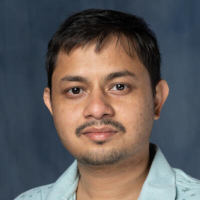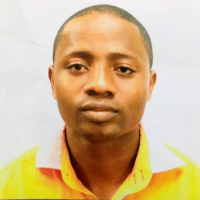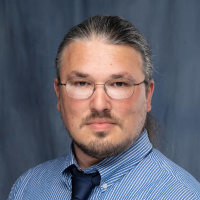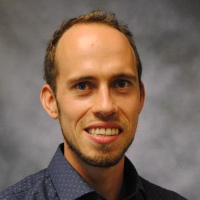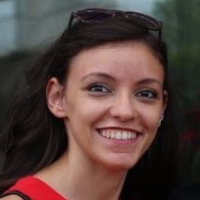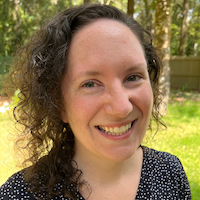
Tracy Stepien (UF Mathematics)
423 Little HallAn approximate Bayesian computation approach for embryonic astrocyte migration model reduction During embryonic development of the retina of the eye, astrocytes, a type of glial cell, migrate over the retinal surface and form a dynamic mesh. This mesh then serves as scaffolding for blood vessels to form the retinal vasculature network that supplies oxygen and …


